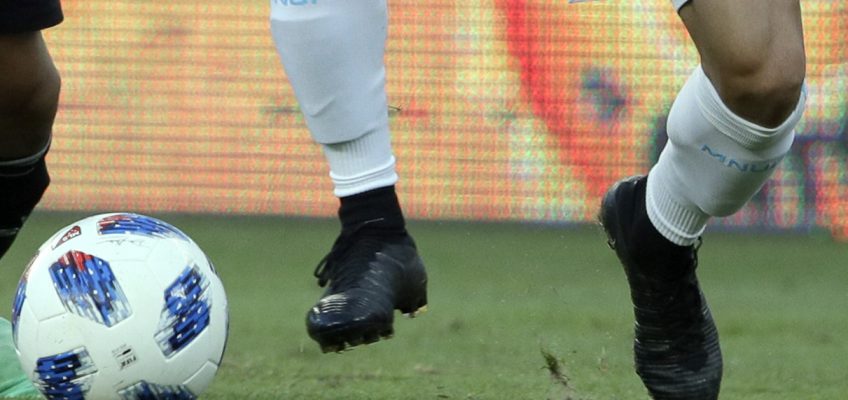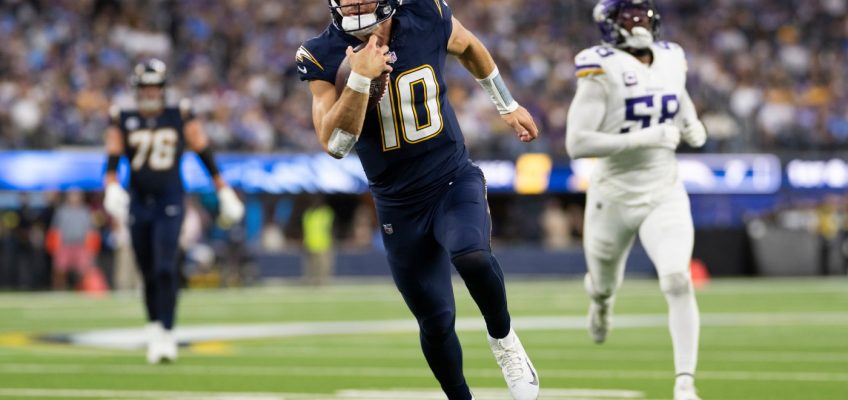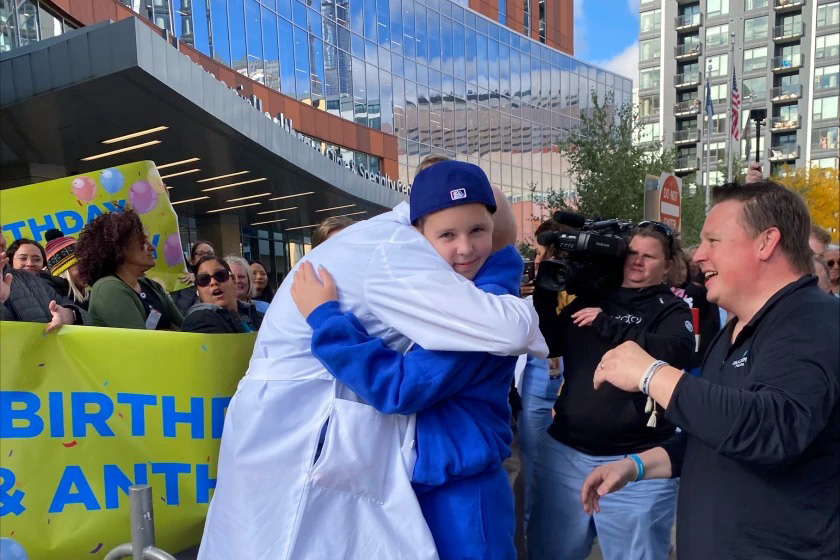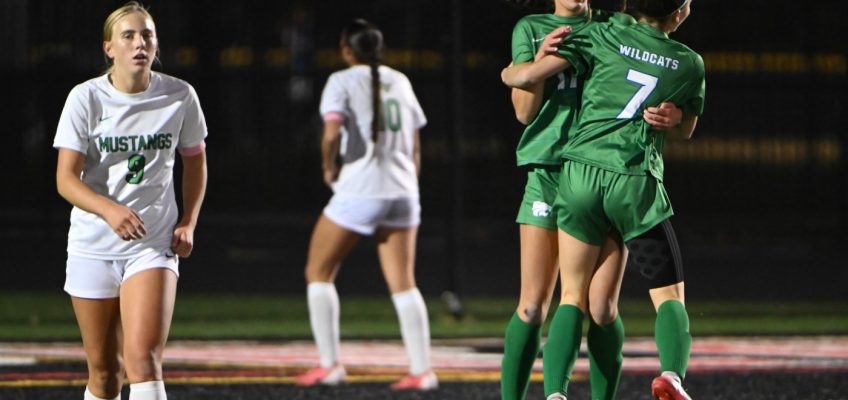Emmaus Olson was the guy Maple Grove wanted to connect with off a corner kick.
The senior midfielder made the decision look good, coming through a goal with 2:12 left in the second overtime that pushed the Crimson past Eagan 2-1 in a Class 3A state quarterfinal Thursday at Shakopee West Middle School.
“He is our best head-winner and it’s my job just to get the ball in there where somebody can get to it,” said Everett Johnston, who took the corner kick. “I see him in there right in the middle. I know I can get it to him, so I just do my best to lay it on a silver platter for him.”
Olson outjumped an Eagan defender, the ball went off the crossbar and straight down into the goal, sending the third-seeded Crimson (14-2-2) to a semifinal date with No. 2 Buffalo Tuesday at 10 a.m. Tuesday at U.S. Bank Stadium.
“Glad to be back there,” Olson said.
Maple Grove has finished second the past two seasons. Last year it lost to Eagan in overtime in the title game.
Unseeded Eagan (11-3-4) got a goal from Eddie Cotorra.
After a scoreless first half, the Crimson struck first.
Off an Eagan turnover, Ousman Touray passed to Colin Merritt on the left wing. Deking a defender, Merritt returned the ball to Touray, who passed it to Parker Carlson, whose low shot from 24 yards out went in with 25 minutes left to play.
Just over six minutes later, Cotorra curled in a 14-yard shot from nearly the football sideline to make it 1-all. The senior is also a kicker on the Wildcat football team.
Related Articles
Girls soccer: Stella Triplett sends Eagan back to Class 3A semifinals
Boys soccer: Como Park upsets New Ulm in Class 2A quarterfinal
Boys soccer: Mounds Park Academy falls in Class A quarterfinal
Girls tennis: Rochester Mayo earns third straight state title over Minnetonka
High School Football Roundup: Ward scores twice as Apple Valley beats Burnsville




